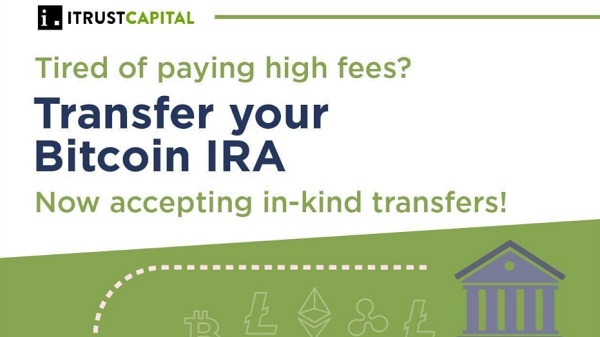Luisa Crawford
Nov 04, 2024 23:38
Explore decentralized applications (DApps), their differences from traditional apps, and their significance in the web3 revolution, highlighting their impact on user control and security.
Decentralized applications, commonly known as DApps, are emerging as a revolutionary force in the digital landscape, transforming how applications operate by utilizing blockchain technology. Unlike traditional applications that rely on centralized servers, DApps operate on decentralized networks, offering enhanced transparency, security, and user control, according to Gala News.
How DApps Differ from Traditional Apps
Traditional applications are typically managed by a single entity, which controls the servers and, consequently, the data. This centralization means that if the servers fail or if the company alters the application, users have limited recourse. In contrast, DApps are built on a blockchain, a network of computers or nodes that distribute data across various locations. This decentralized architecture ensures that no single entity has control over the application, providing users with more power and security.
The Role of DApps in the Web3 Revolution
DApps are pivotal in the web3 realm, embodying core principles such as decentralization, transparency, and user empowerment. Key advantages of DApps include:
- Censorship Resistance: DApps are less susceptible to censorship as no single authority can alter or block them.
- Enhanced Security: The distributed nature of blockchain fortifies DApps against potential attacks.
- Transparency: Operations and transactions are recorded on the blockchain, ensuring they are publicly accessible and verifiable.
Centralized vs. Decentralized Applications
Centralized applications are controlled by a single company, making them vulnerable to server failures and censorship. Conversely, decentralized applications are governed by code or community, with data stored across a blockchain. This structure minimizes downtime and enhances transparency and security.
Examples of Prominent DApps
GalaChain’s Contribution to the DApp Ecosystem
GalaChain, developed by Gala Games, exemplifies the transition from a centralized to a decentralized network. Initially built to support Gala Games’ ecosystem, GalaChain now serves as an open blockchain platform for developers to create their DApps. This shift enhances the network’s scalability and supports the tokenomics of $GALA, highlighting its role in the web3 ecosystem.
Decentralized applications signify a paradigm shift in software development, promising new levels of user control, security, and transparency. As the web3 landscape expands, DApps will undoubtedly play a crucial role in shaping a decentralized digital future.
Image source: Shutterstock

